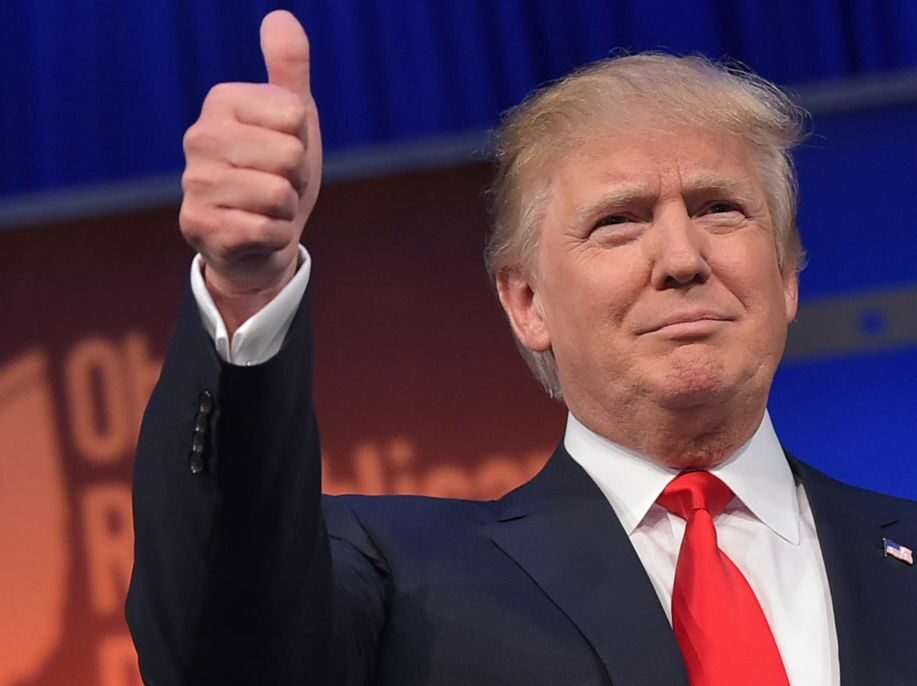Isn’t it amazing how many new prescription medications have become available in recent years?
It seems like every month, a new ad campaign appears on TV about some new medication to alleviate a problem or cure a disease that at one time would have seemed an impossibility.
The wins by American pharmaceutical innovators are verifiably higher today than ever before. In the early 2000s, we would have been lucky to see two dozen new (“novel”) drugs approved for market by the Food and Drug Administration. Yet, because of new, expedited approval pathways (through accelerated approval, priority review, fast tracking, breakthrough therapy designation, or a combination of these), the number of new drug approvals in the past several years has hovered around 50.
Indeed, in the first Trump administration, the FDA set records in approving new drugs. In 2017, the agency approved 46 new drugs, which was a 21-year high. In 2018, 59 new drugs were approved, an all-time record. In 2019, the number was 48; in 2020, 53. Since then, the number has been in the 50s, except for a dip in 2022 (37), likely due to pandemic pauses in clinical trials.
Americans are poised to keep winning when it comes to new drug approvals. Yet, this prospect is in peril because of a policy idea being floated by the administration. This policy, Most-Favored-Nation (MFN) drug pricing, threatens to starve pharmaceutical innovators of the funding they need to do their pioneering work.
Trump has pushed Congress to impose MFN policy on prescription drugs covered by Medicaid. He has also issued an executive order directing the administrator of the Centers for Medicare and Medicaid Services and other officials to communicate most-favored-nation price targets to pharmaceutical manufacturers.
MFN price controls will inevitably extend to other public programs and commercial plans.
A major concern with MFN should be that the “most-favored” nations generally feature single-payer healthcare markets that are warped by socialist price controls. These price controls have been blamed for Europe handing to the United States the world leadership position in biopharmaceutical innovation in the late 1990s. Now, the United States is poised to sabotage its own leadership position, and China, which is already closing the gap with a surge of new drug approvals.
Alas, cutting research and development is the logical step for pharmaceutical manufacturers forced to comply with price controls — or even the threat of price controls — especially in an environment of increasing R&D costs. Each reduction of $2.6 billion in R&D funding is estimated to result in the development of one fewer new drug.
Already, the effects of the Inflation Reduction Act have lowered expected financial returns in the biomedical industry, leading to reduced investments in innovation. A recent study found that from 2021 to 2023, the number of therapies in phase I and phase II of development declined 35 percent among small and midsize biotech companies, predicting that this will result in a “considerable reduction in the number of FDA approvals in roughly five to six years.”
Adopting an MFN policy as Trump has suggested would further dampen the financial incentive for researchers to engage in the development of new treatments. This could push new FDA drug approvals down into Clinton-, Bush-, and Obama-era numbers.The real kicker is, imposing an MFN drug pricing policy would not even address the real drivers of the high drug costs that the president says he wants to bring down. Pharmaceutical industry middlemen and large health systems take advantage of federal drug discount programs without passing savings on to patients. This is where policymakers should focus their reform efforts to score a win for American patients.
The administration’s pursuit of MFN drug pricing is disheartening. Is President Trump tired of winning on drug innovation, or what?

